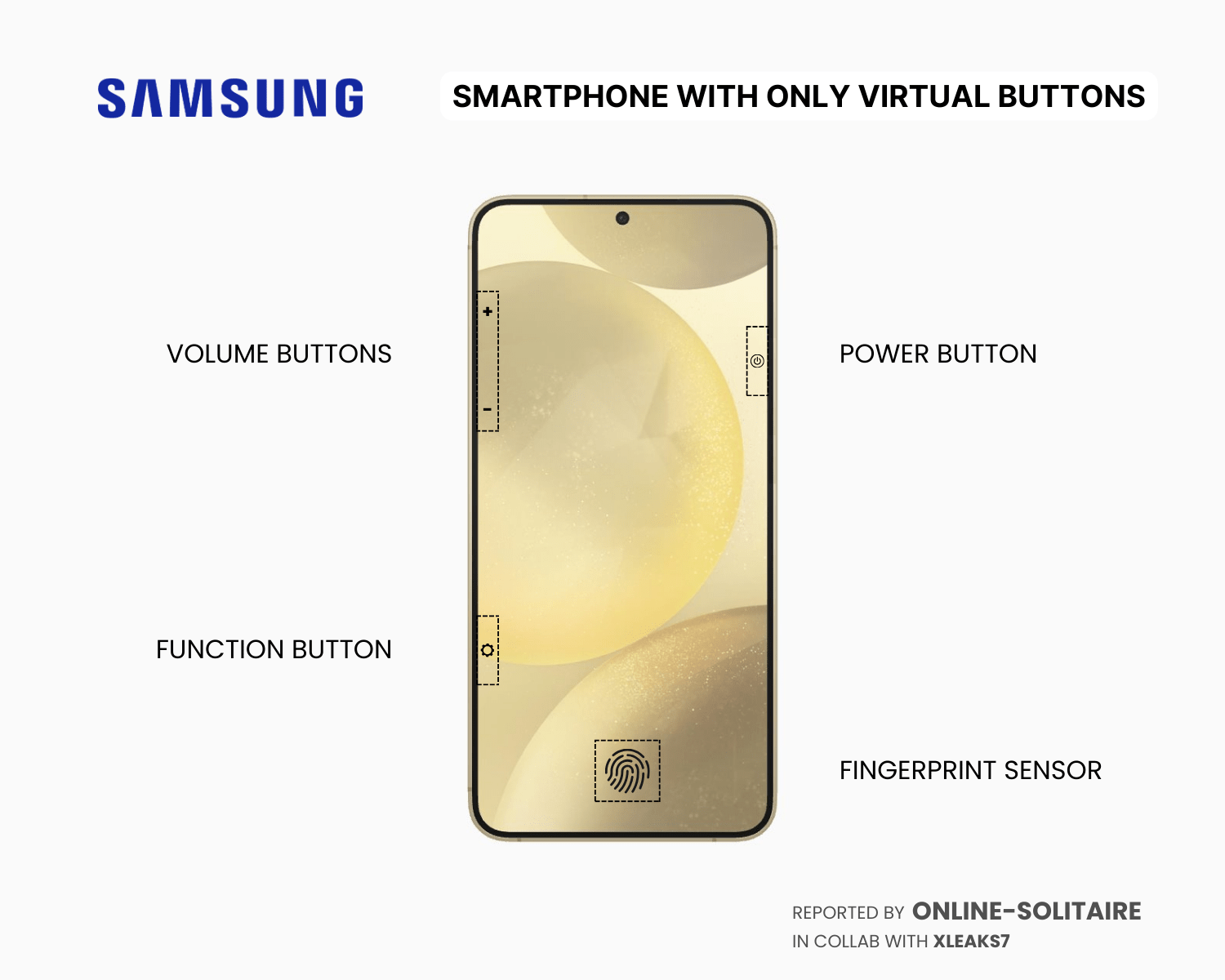Samsung's Fingerprint Anti-theft Protection From On-display Residue

We all love the ease of unlocking our phones with just a touch—kind of like how satisfying it is to flip over that perfect card in a game of solitaire. Fingerprint sensors are super convenient, but, just like when you leave a mess of cards all over the screen after a failed move, they come with a hidden mess too—fingerprint residue!
Thanks to our collab with David from @xleaks7, we spotted Samsung PATENT explaining the modern fingerprint anti-theft technology.
This patent introduces a system designed to prevent the theft of sensitive fingerprint data left behind on devices with full-screen displays. Here’s how it works and why it matters.

The Problem
As smartphones and other devices move towards bezel-less, full-screen designs, fingerprint recognition is increasingly integrated directly into the display.
Based on previous patent documents, we may shortly see smartphones with fingerprint sensors covering entire display.
While this is incredibly convenient, it introduces a unique security risk: fingerprint residue.
Every time we unlock our device, we leave traces of our fingerprint on the screen, which could potentially be used by attackers to spoof or steal our biometric data.
This patent addresses that problem by introducing a system that actively monitors and protects against fingerprint theft through fingerprint residue left on the screen.

How Does It Work?
The patented technology enhances fingerprint security by integrating an electronic device with augmented reality (AR).
It detects fingerprint residue on a screen using a built-in sensor, then connects wirelessly to AR glasses. The AR device captures and analyzes the fingerprint residue, cross-referencing it with stored data to assess its authenticity.
If the residue is deemed a security threat, the system alerts the user through the AR device, suggesting actions like cleaning the screen or adjusting security settings to prevent potential breaches.
Benefits for Users
By protecting users against the potential theft of their biometric data, this technology enhances privacy and prevents malicious actors from accessing sensitive information.
Additionally, the system is non-intrusive. It works in the background and only notifies users when necessary, ensuring that security doesn’t come at the cost of convenience.
Users can continue using their devices without worrying about constantly wiping down their screens or dealing with complex security measures.
Note to editors: The text and visuals of this article are the intellectual property of Online Solitaire. If you want to share the content, please give a proper clickable credit. Thanks for understanding.




